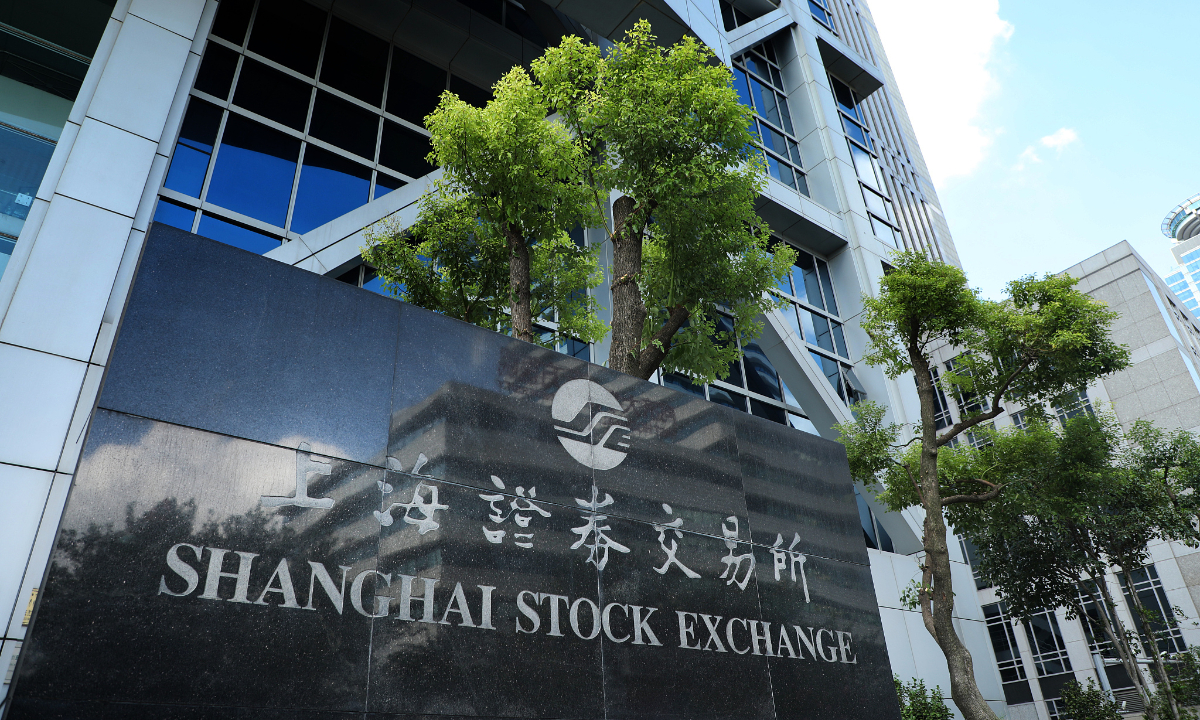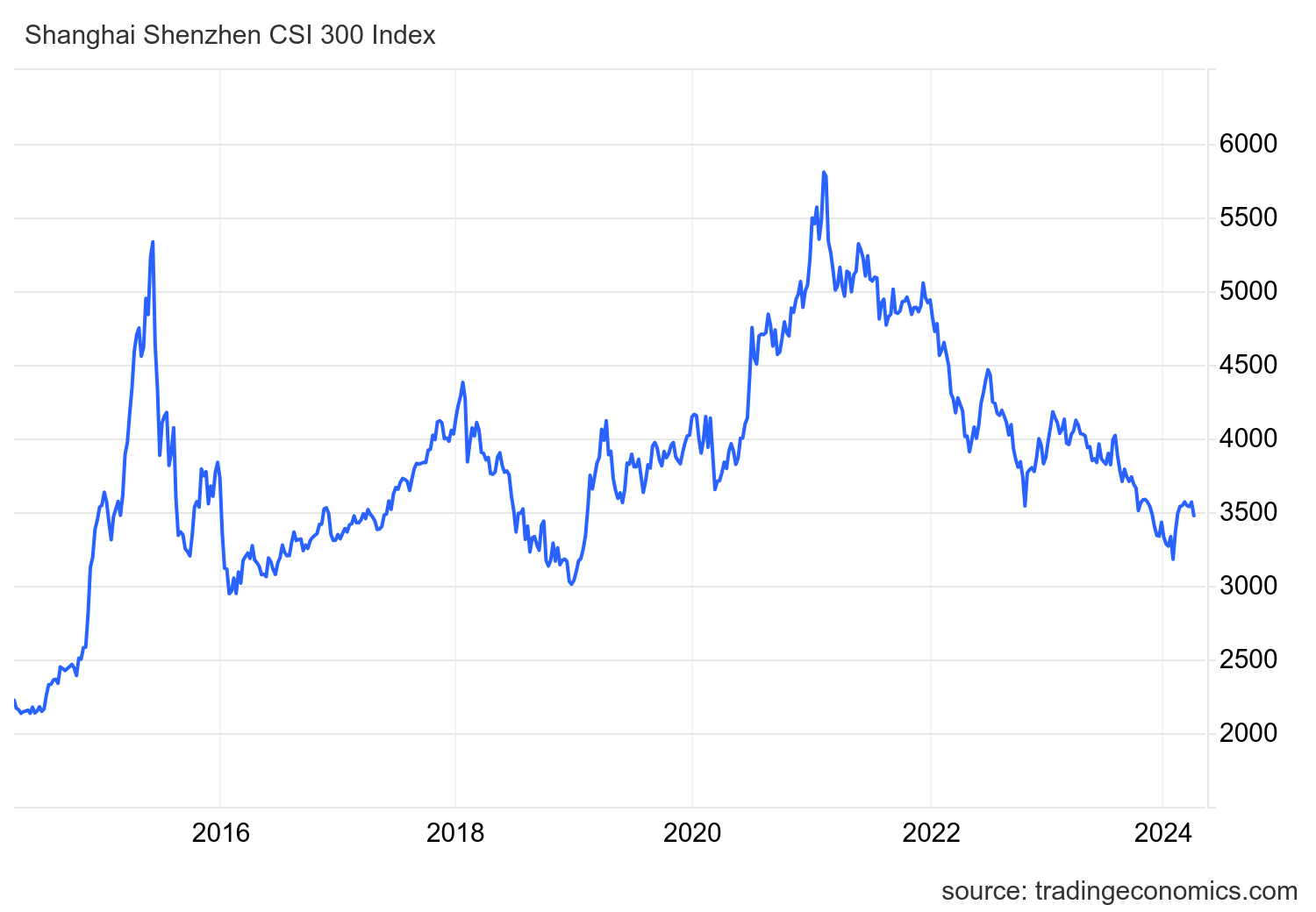Economy and business
China: new rules for the stoock exchange market, trying to revive it

China has issued an extraordinary set of financial market rules to revitalize transparency, safety, risk management and dynamic quality to revive its $9 trillion stock exchange, mapping out a vision of how it could be the world’s second-largest capital showcase by the end of the century in a bid to becomethe world’s largest financial market
A report distributed by the national cabinet Friday guarantees to advance the “high-quality” improvement of China’s capital showcase by strengthening supervision and protecting against dangers. The fact is that despite the booming economy, the Shanghai Stock Exchange has failed to follow the quotations of the U.S. one; rather, it appears to be in retreat, weighed down by insecurity over stock quality and information opaqueness, as well as capital outflow.
Here the 10-year SHS 300 index

Here instead SP500 10-year

A renewed approach with new leadership
The report comes two months after Shanghai’s previous vice mayor, Wu Qing, called the “butcher of brokers” for his intense approach to dealing with advertising misconduct, was brought in to head the country’s financial market monitoring agency.
The document released by the State House after the markets closed on Friday night sets out nine rules defining a system to develop information disclosure, calling for a general improvement in the quality of listed companies and better systems for saver/investor protection.
By 2035, the market should have reached “a reasonable investment and fundraising structure,” in which listed companies will have demonstrated significant improvement in quality, he said. There will also have to be demonstrable progress in cultivating first-class investment banks and financial institutions.
CSRC, i.e., China’s SEC
The push highlights the fact that China’s state support for its stock market has entered a new phase, with some of the support measures proposed by the China Securities Regulatory Commission (CSRC) now written into State Council documents. It is rare for China’s State Council to issue documents directly aimed at the stock market; the two previous such occasions occurred in 2004 and 2014, both prior to a raging growth market.
At a high-level meeting in January, President Xi Jinping elaborated on his goal of making China a “financial superpower” with a financing model “distinct from Western models” in that it focuses on financial support for the real economy.
He stressed the importance of preventing systemic financial risk and called on financial regulators and industry authorities to clarify their responsibilities and strengthen cooperation. “Financial regulation must have teeth,” Xi said, quoted by the state-run Xinhua news outlet.
Less fraud, more profit distribution
Friday’s guidelines complement four documents issued last month by the CSRC that pledge to crack down on fraudulent listings, raise the threshold for new listings, and require listed companies to return more to investors through buybacks and dividend distributions.
According to the document released today, companies will be required to disclose their dividend distribution policies at the time of listing, and stricter rules on disclosure and corporate governance will be implemented to limit the reduction of holdings by major shareholders and push listed companies to increase the value of their investments.
Regulators will also develop standards for abnormal trading and manipulation, issue rules to strengthen supervision of high-frequency transactions, and impose harsh punishments for malicious manipulation and short selling.
The paper also calls for accelerating the approval of exchange-traded funds, expanding index-based funds and increasing the proportion of equity-focused funds in the mutual fund industry.






